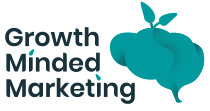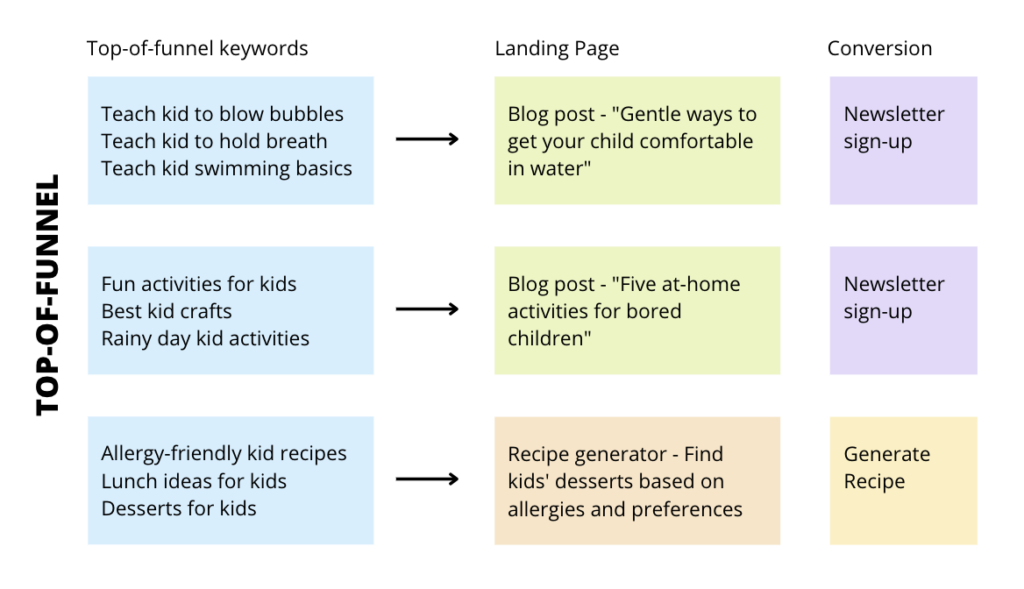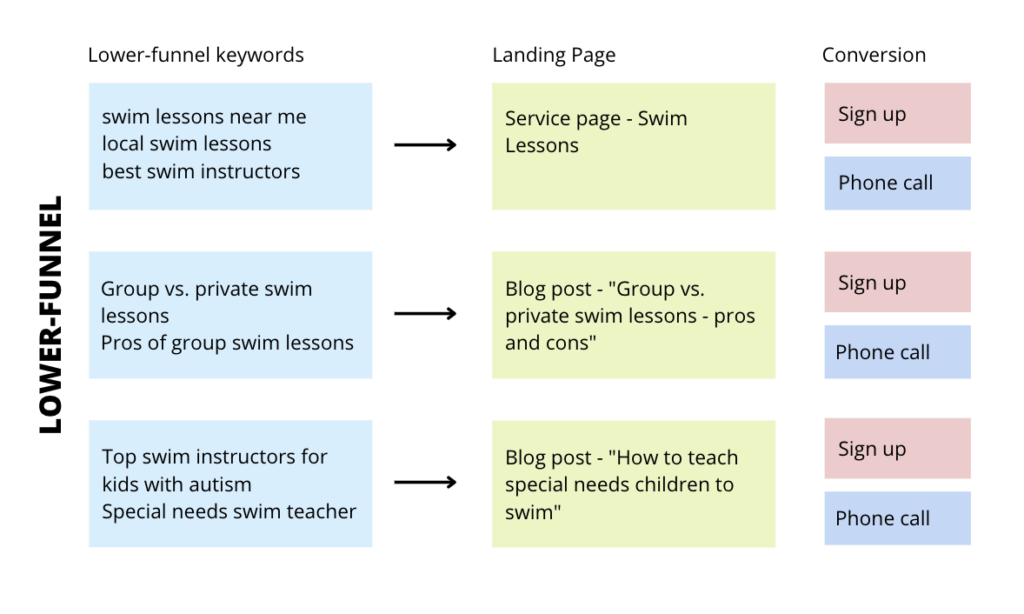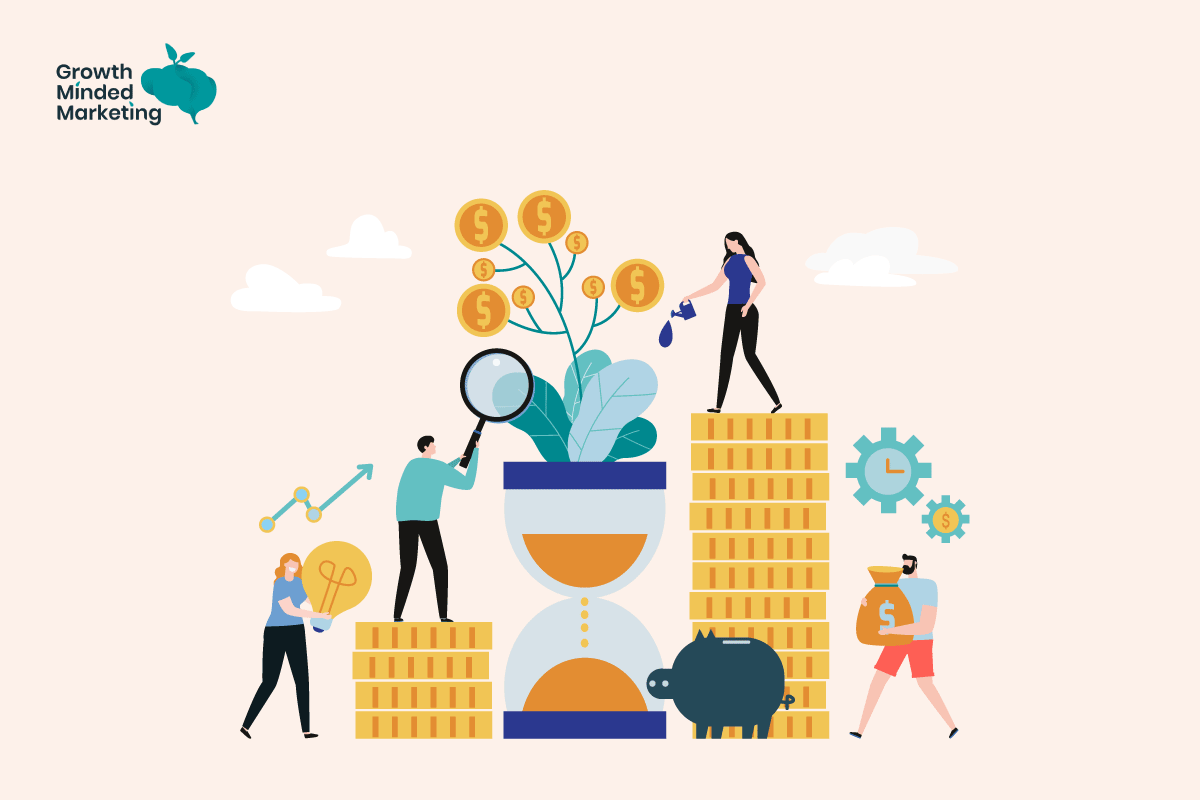Last Updated on 27 June 2024 by Stu Edwards
Running a SaaS business comes with its unique set of challenges and rewards. Unlike traditional business models, SaaS companies benefit from a predictable, recurring revenue stream that fosters stability and growth.
The true advantage lies in the customer lifecycle; satisfied clients tend to stay loyal, significantly boosting the average customer lifetime value.
In this article, we’ll dive into how Google Ads can be a game-changer for your SaaS business, driving targeted traffic and conversions, and maximising your marketing ROI.
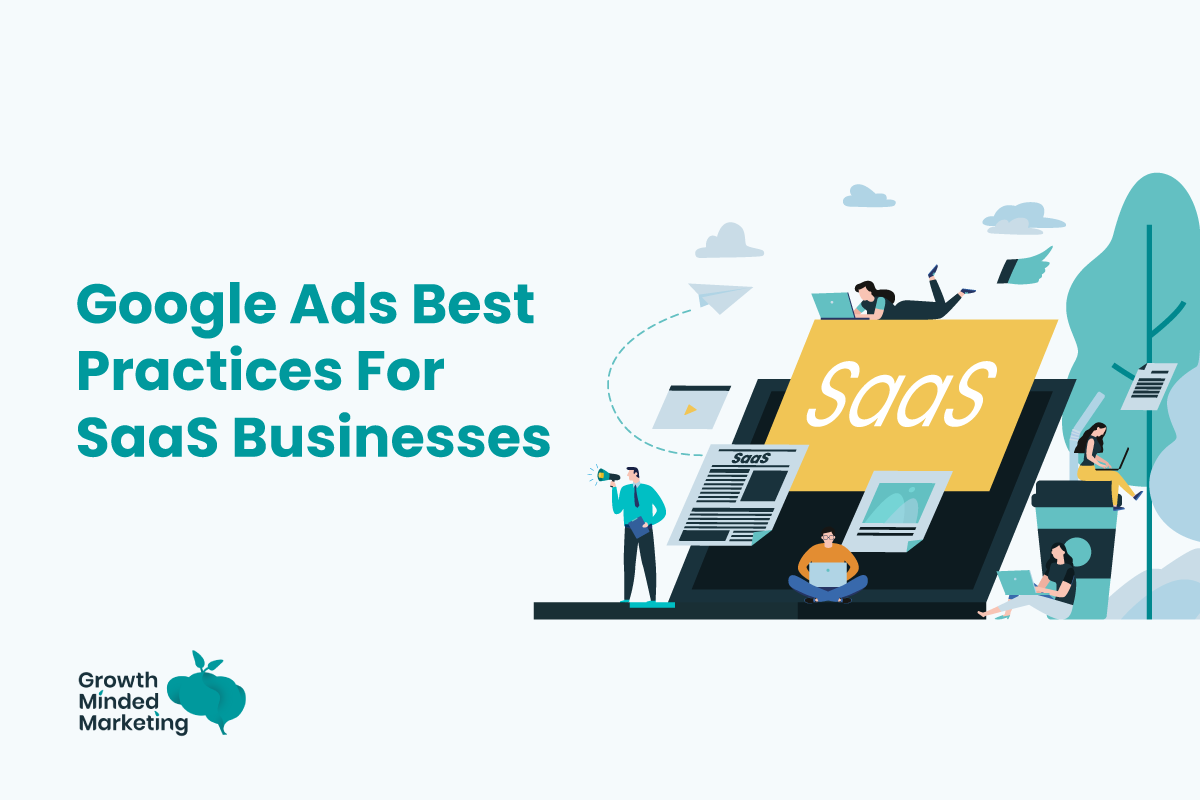
Customer acquisition and conversion are the key challenges for SaaS businesses both in the B2B and B2C sectors.
You need quality traffic that has a high conversion rate. Google Ads is one of the best traffic generation sources for SaaS businesses of all sizes as it offers benefits that you don’t find with other sources.
Keep reading to find out the reasons to use Google Ads for SaaS business, how PPC for SaaS is different from ecommerce PPC, and 6 Google Ads best practices for SaaS.
Table of Contents
ToggleDoes Google Ads work for SaaS companies?
Yes, Google Ads works for SaaS companies in terms of traffic generation, conversions, sales, brand awareness, and several other ways.
Paid traffic is the best way to reach your target audience instantly for any keyword bypassing organic search results. This is a reason why some of the top SaaS companies in the world spend millions of dollars on Google Ads per year.
Adobe Inc., for instance, spent $392.2 million (£312.56 million) on Google Ads in 2023 while Grammarly spent $260.9 million (£207.9 million) on Google Ads in 2023 (which is a 12% decline from the previous year).
Here are the major reasons why SaaS companies spend so much money on Google Ads and why you should do the same:
- Instant, targeted traffic: Google Ads provides your SaaS company with instant traffic that’s highly targeted. You can send traffic to your choice of landing page.
- Global reach: Google is the most used search engine in the world with 95% of the market share and a publisher network of more than 2 million websites and apps in the world. It runs one of the largest ad networks in the world owning 39% of the market share. You can’t afford to not run ads on such a massive ad network, do you?
- Tracking: The traffic, conversions, and sales are tracked end-to-end by Google Ads and there is no need to use additional tracking apps. It supports attribution modelling, retargeting, ROI and ROAS tracking, and both micro and macro conversion tracking.
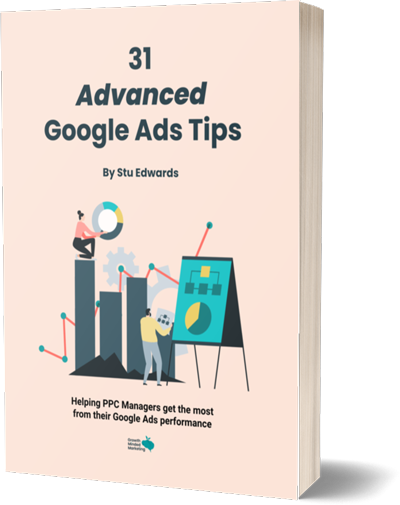
Learn advanced tips that PPC professionals use to dramatically increase their Google Ads performance!
6 things SaaS companies should do when running Google Ads
Here’s a list of the best practices and important things a SaaS company should do to supercharge its Google Ads campaigns:
1. Set clear objectives
This might sound too basic, but setting crystal clear objectives for your Google Ads campaign is the most crucial step.
You have to choose a campaign objective when starting an ad campaign such as sales, leads, or brand awareness.
The campaign objective should align with your business strategy, goals, product, landing page, and budget.
Don’t confuse campaign objectives with your business objectives. You might have to run a lead campaign in Google Ads to achieve the sales target for your SaaS company.
Don’t mix these two.
For example, if your business’s annual objective is to have 100K subscribers by the end of Q4, does this mean every ad campaign should have sales as its objective – not really?
And that’s where most SaaS businesses get it wrong.
You might have to run retargeting campaigns, brand awareness campaigns, and lead generation campaigns to achieve your business goal. Consider Google Ads as a means to achieve annual (sales) goals. This’ll keep things smooth and trackable.
There are multiple variables that you need to look into and analyse when setting objectives for your SaaS business:
- What your competitors are doing. What type of ads they are running (if any), what keywords they are targeting, etc?
- Industry trends and norms. Is your industry influenced by technological changes like AI
- Average customer acquisition cost that you can afford to pay. You should know the maximum CAC your brand can afford to be profitable. This’ll help you set the right bidding strategies.
- Budget for Google Ads. Do you have enough funds to run multiple types of experiments across buyer personas or do you just need to run 1-2 campaigns per month to see how it works?
Considering all these variables helps you set long-term, strategic objectives for Google Ads that go beyond campaign objectives.
2. Target the right keywords
Keywords for Google Ads are underrated as most SaaS companies spend more time on creatives and less time on keyword selection.
Targeting the right keyword isn’t just limited to having a list of top keywords that you wish to rank for. You need to:
- Understand search intent
- Link keywords to buyer journey and stage in the funnel
- Align keywords with ad copy, landing page, and product.
Google will show your ads for any keyword you choose and it’s your responsibility to ensure you are using the best and most relevant keywords.
The first step is understanding the search intent for the keywords you are targeting. Most SaaS businesses target customers at the top of the funnel and that’s where the intent is mostly informational.
For example, the keyword “best accounting tools for small businesses” has an informational intent as the searcher is looking for a list of accounting tools as an initial step before screening and then finalising one.
This is evident in SERPs where all the top ranking pages have informational content:
Targeting this type of keyword with your PPC campaign and sending traffic to a sales page might not work well. Instead, you need to understand the intent and then have your ad copy and landing page aligned to it.
This is the second step where you have to map keywords to your sales funnel and then create relevant landing pages (more on this below) and an ad copy that’s a reflection of the landing page.
Here’s an example of how to map keywords, intent, and landing page based on your funnel:
Here’s how to do it for the bottom of the funnel:
Any irrelevancy at any stage from keyword to ad copy to the landing page and product will ruin your Google Ads campaign with a low conversion rate and preferably a low CTR.
Spend time finding the right keywords using either free or paid keyword research tools (like Google Keyword Planner or Ahrefs) and map those keywords to your sales funnel appropriately.
3. Create landing pages
Conversion happens on the landing page for SaaS businesses and this is what makes them important.
No matter how much time you spend on keyword research if your landing page and the offer don’t align with the keyword and/or ad (copy), it’ll turn out to be nothing less than a disaster.
Your landing page should be consistent with the ad (which should be consistent with the keyword), therefore, the landing page needs to perfectly align with the keyword and ad:
Your landing page should be relevant to the keyword and ad. It should deliver on the promise you made in your ad. This can be best done by creating dedicated landing pages that are relevant to the ad.
You should create at least one dedicated landing page per ad that’s consistent with the ad and offer. Sending traffic to the home page or pricing page of your SaaS product isn’t a recommended approach.
Here’s an example of an optimised landing page for PPC:
Here’s a list of the elements that your landing page should have:
- Headline, subheading, and short description
- Image or a video
- CTA
- Value proposition
- Benefits
- Opt-in form
- Social proof.
4. Enable attribution modelling
Since SaaS businesses have a long sales cycle and they generate leads that are later nurtured, it makes attribution modelling quite complex.
The attribution model refers to the rules to credit sales to different touch points throughout the customer journey from first interaction to conversion.
Setting the right attribution model for Google Ad campaigns helps you measure ROI and improve targeting by identifying the right touchpoints that work best (or underperform).
You need to set up an appropriate attribution model in GA4 for paid traffic.
Google has 3 attribution models:
- Data-driven: Gives credit to major events (channels/touchpoints) based on data from your account.
- Paid and organic last click: The credit is given to the last touchpoint that generated the conversion or sale.
- Google paid channels last click: It gives 100% credit to the last paid channel click and ignores all previous interactions.
You can choose a model of your choice in Google Analytics > Advertising > Attribution > Attribution models.
SaaS businesses have longer sales cycles so it’s essential to credit the right channels for conversions and sales. This helps you optimise your sales channel by removing underperforming channels and focusing more on touchpoints that have the highest impact.
Data-driven attribution is the best approach to move forward as it uses machine learning, predictions, and shared data.
The model gives appropriate credit to each channel based on its importance driven by data.
Last click attribution is least suitable for SaaS ad campaigns as it gives all the credit to the last touchpoint which is a simple way to measure ROI, but it isn’t effective.
Because you don’t get to know your target audience any better and you’ll fail to find the most optimised conversion path, which you get with data-driven attribution that looks like this:
When you know the path and quantitative contribution towards conversion and ROI of each channel, it gets easier to boost conversions for SaaS brands.
You can channelise your marketing budget and target the touchpoints that have the highest conversion probability.
5. Leverage remarketing
When you understand the conversion path customers are likely to take, you can bring potential customers back to the site via remarketing ads.
You can remarket to users in Google Ads across various campaign types, with the aim of building brand awareness, or bringing users back to your website who left without taking a desired action previously.
You need to add Google Ads Conversion ID to the remarketing tag in Google Tag Manager to proceed with the campaign setup.
Remarketing is essential for SaaS businesses that want to educate, nurture and reengage with their potential customers and bring them back to the conversion path.
Further Reading

Learn advanced tips that PPC professionals use to dramatically increase their Google Ads performance!
Conclusion
Google Ads activity for SaaS businesses is essential.
You can use this data for SEO campaigns, content marketing, and other marketing campaigns. Once you fit SaaS PPC into your marketing strategy and it’s dialed in across your funnel, they’ll be no turning back because it delivers constant, dependable results when done correctly!
The best practices discussed in this article are sure to help you grow your SaaS company with Google Ads.
If you need assistance in Google Ads auditing, campaign setup and structuring, optimisation, or strategic consultation, talk to one of our Google Ads experts today.
Book your free Google Ads strategic call here.

Find out how our Google Ads management services can help your business grow.
